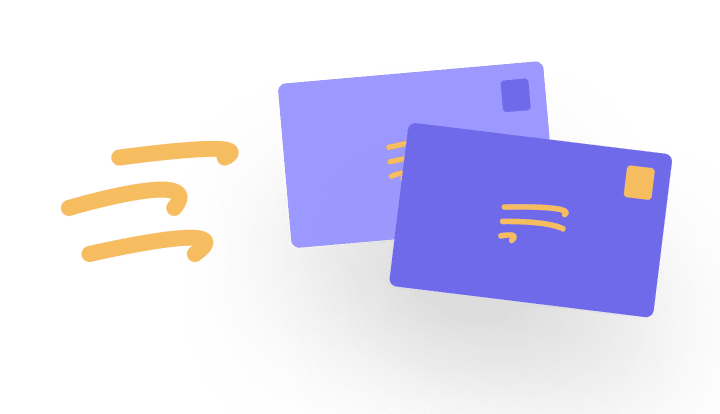👋 Great designs start with great feedback. That’s what Workflow is built for. Start today.
Let’s say you’re a junior or entry-level UX designer looking to get promoted to senior UX designer. How would you do that? There are many ways, but one way stands out.
- Updated on January 3, 2024

Throughout my career, I’ve worked with dozens of UX designers during projects or as a part of my UX mentorship program. I’ve also progressed in my UX career and moved from a junior role in 2018 to a design lead position in 2024.
Here’s the one thing that stood out for me as a way to move from a junior to a senior UX role.
Table of Contents
The biggest difference between a junior and senior UX designer
The main difference between junior and senior UX designers is the level of autonomy.
As a senior designer, you’re able to do an entire design project without supervision. Juniors, on the other hand, need guidance from a lead or senior designer.
Junior designers are perfectly capable of creating a high-fidelity UI prototype in Figma, for example. The leading designer does the input for that prototype and handles the stakeholders.
That’s the difference right there. Senior designers work on keeping the project moving by managing office politics, while junior designers work within the project.
How to grow from a junior to a senior UX designer
If you want to go from junior to senior, you have to be able to zoom out of your task and learn to connect task activities within a complete design project.
And here’s how to make that happen. 👇
Looking at your most recent project, what tasks were challenging for you?
Make a list of each task from that project. Then, rate each item on the list based on how comfortable you are with completing that task without help. Use the following grading system.
- Green. You’re capable of doing this task without help.
- Yellow. You can do this task, but it is very challenging.
- Red. You need help to complete this task.
You’ll probably have a list of green, yellow, and red items. And that’s fine at this stage. The goal is to work towards a list of only yellow and green items.
Examples
Let’s look at a few examples of the above and how to proceed from there.
The UI designer
First up is the example of a UI designer. You’re great at UI-related tasks like wireframing and creating a prototype. These would be colored green on your list. Tasks like testing your design, however, are challenging.
You could use some more practice as a facilitator. Ask if you can be an observer at a user test first. This is usually an easier role, and it will help you build the confidence to do a user test yourself later on.
The mid-level designer
Up next is the example of the mid-level designer. You can do most of your work by yourself but need help to convince your stakeholders of your impact. Your list has mainly green and yellow items.
The best thing to do here is to shadow a senior designer. You’ll learn a lot about how this person handles office politics.
As a result, you become an all-round UX designer who can do a full design project and handle the politics as well. Senior UX promotion is up next.
How long does it take to become a senior UX designer?
On average, it takes about four years of working experience for a designer to be considered a senior UX designer.
This can differ from one individual to the next based on the company they work at. That’s because some companies are more willing to promote employees than others.
I was rather slow in becoming a senior designer. It took me six years before I got the official senior UX title. That’s above average, and one of the main reasons was not working at the right company.
By the way, if you need guidance on making that promotion, feel free to contact me or book a UX mentorship session where I can help you move forward.
Next steps
Now that you can do a full project as a UX designer, the next step is to learn how to handle office politics. It’s an important step if you want to learn UX in general, too.
That’s very important because you’re likely to encounter stubborn stakeholders that don’t agree with you or with each other. As a senior designer, you’re a facilitator that needs to make this work.
One of the most important things I’ve found for this is to ask the right questions before starting a UX project. It helps get people on the same page, and just in case something goes wrong, you can always fall back on the agreements you made at the start of your project.
👋 Turn good design to great design, with feedback you actually need. Get it on Workflow.

About the author
Hi! I'm Nick Groeneveld, a senior designer from the Netherlands with experience in UX, visual design, and research. I'm a UX coach that supports other designers and have completed design projects in finance, tech, and the public sector.
☎️ Book a 1:1 mentor meeting or let's connect on LinkedIn and Twitter.



